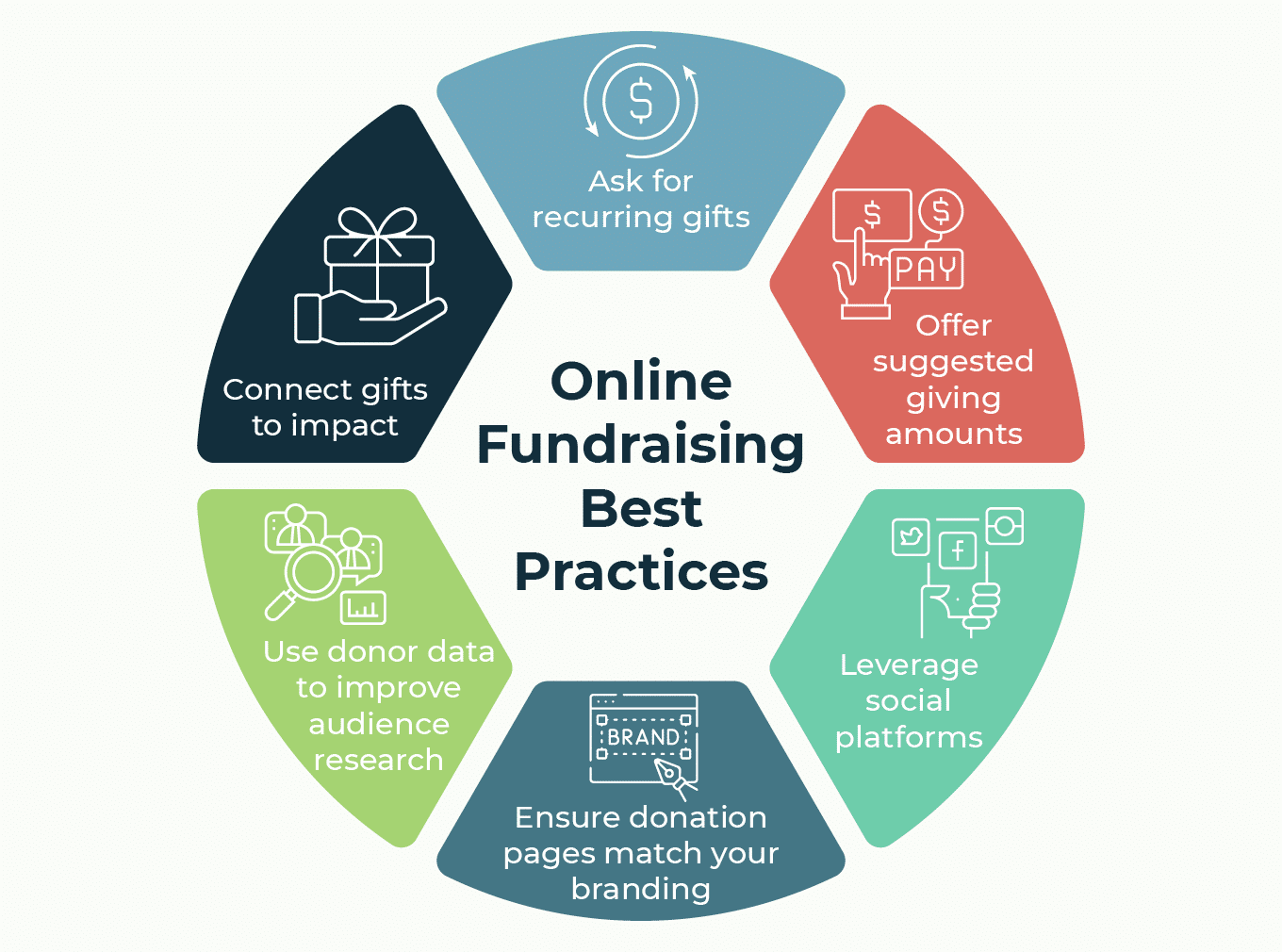Fundraising Consultant: Professional Assistance to Enhance Your Nonprofit's Fundraising
Fundraising Consultant: Professional Assistance to Enhance Your Nonprofit's Fundraising
Blog Article
The Duty of Neighborhood Engagement in Nonprofit Fundraising: Structure Lasting Relationships for Lasting Support
Area involvement is significantly recognized as an essential part of successful nonprofit fundraising. The methods and methods used to engage communities vary widely, increasing vital inquiries regarding effectiveness and impact.
Understanding Area Involvement
Neighborhood interaction is an essential part of effective nonprofit fundraising efforts. It describes the approaches and activities that organizations utilize to get in touch with their local neighborhoods, cultivating partnerships that are mutually valuable. Understanding area interaction involves recognizing its complex nature, which consists of cooperation, participation, and outreach. Nonprofits have to identify essential stakeholders-- such as neighborhood members, local organizations, and various other companies-- to create reliable interaction approaches.
Effective neighborhood involvement is predicated on energetic listening and responsiveness to the demands and passions of the area. This process entails soliciting responses, comprehending neighborhood dynamics, and making sure that the organization's goal straightens with local concerns. Engaging the community can take different types, including public conferences, volunteer opportunities, and collaboration efforts, each designed to urge participation and investment in the company's goals.
In addition, area involvement ought to be approached as an ongoing dialogue as opposed to a single initiative. By cultivating an inclusive atmosphere where area voices are heard and valued, nonprofits can construct a strong foundation for future fundraising undertakings. Ultimately, a deep understanding of area interaction equips companies to develop genuine links that enhance their general performance and sustainability.
Advantages of Strong Relationships
Solid connections formed through area interaction yield countless advantages for not-for-profit fundraising initiatives. First and foremost, these relationships foster count on and reputation, important parts in motivating donors to contribute. When prospective advocates see a not-for-profit proactively associated with their neighborhood, they are extra likely to think in its objective and influence.

Additionally, these relationships help with efficient communication. Nonprofits can leverage their links to share tales of effect, updates, and needs, making sure that advocates continue to be educated and involved. This open line of communication not only reinforces bonds however additionally encourages referral promotion, broadening the nonprofit's reach.
Last but not least, strong neighborhood connections can attract new companions and sponsors. People and businesses are a lot more likely to align with organizations that demonstrate purposeful community involvement, providing extra sources and assistance that can dramatically enhance fundraising capabilities. Hence, growing robust connections through area engagement is important to a nonprofit's long-term fundraising success.
Approaches for Effective Interaction
Exactly how can nonprofits efficiently involve their areas to enhance fundraising initiatives? Routine updates, involving content, and calls-to-action can galvanize neighborhood rate of interest and engagement.
Second, organizing area events, such as workshops, volunteer opportunities, or fundraising drives, assists in in person communication, allowing nonprofits to showcase their impact and efforts. These events not just elevate funds but additionally grow connections and allow area participants to engage directly with the reason.
Third, executing personalized communication approaches can enhance engagement. Customizing messages to particular benefactor sections based upon interests and past contributions cultivates a sense of belonging and investment in the company's goal.
Lastly, producing collaborations with neighborhood businesses and neighborhood leaders can enhance outreach initiatives. Collective campaigns can improve exposure and trustworthiness, showing a collective dedication to the area's well-being. By incorporating these approaches, nonprofits can build lasting partnerships that boost fundraising initiatives and drive lasting support.
Determining Interaction Success
While engaging the community is essential for successful nonprofit fundraising, gauging online fundraising the effectiveness of these interaction initiatives is equally crucial. Developing clear metrics allows organizations to assess just how well they are getting in touch with their target market and attaining their fundraising objectives. Secret efficiency indications (KPIs) such as benefactor retention prices, volunteer engagement levels, and interaction on social media sites platforms provide concrete data for assessment.

On a regular basis evaluating these metrics enables organizations to pivot their strategies when necessary, ensuring that community engagement continues to be lined up with their overall objective. Additionally, sharing these outcomes with stakeholders fosters openness and builds depend on, encouraging more neighborhood involvement. Eventually, a durable measurement framework not only educates future fundraising initiatives yet also enhances the relationship between the nonprofit and its fans, preparing for sustainable success.
Situation Studies in Neighborhood Influence
Various study highlight the profound effect that area engagement can have on nonprofit fundraising success. One significant instance is the "Something to chew on" campaign, where a local food financial institution partnered with schools and services to host community dinners. These events not just elevated funds but also fostered a feeling of belonging amongst individuals, considerably boosting donor retention rates.
One more engaging instance is the "Green Spaces Job," which entailed regional citizens in the revitalization of urban parks. This initiative not only garnered financial backing from regional services however likewise cultivated a volunteer base that contributed to ongoing maintenance and programming. The sense of possession and pride amongst neighborhood participants equated into sustained payments.
In the world of arts, the "Art for All" project effectively engaged local artists and customers to develop joint art installments, bring about boosted presence and donations for a neighborhood arts not-for-profit.
These instances highlight that when nonprofits prioritize community participation, they can develop long-term partnerships that improve fundraising efforts, guaranteeing sustainable assistance and promoting a vivid area culture. Such cases show that neighborhood interaction is not merely a strategy however a vital pillar of not-for-profit success.
Final Thought
In verdict, area involvement is integral to the success of nonprofit fundraising initiatives. Ultimately, a durable structure of area support not just amplifies fundraising prospective however additionally cultivates a society of partnership, crucial for achieving long-lasting business objectives and sustaining meaningful impact. fundraising consultant.
Nonprofits should determine vital stakeholders-- such as area members, regional services, and various other companies-- to develop efficient interaction strategies.

In conclusion, neighborhood engagement is essential to the success of nonprofit fundraising efforts.
Report this page